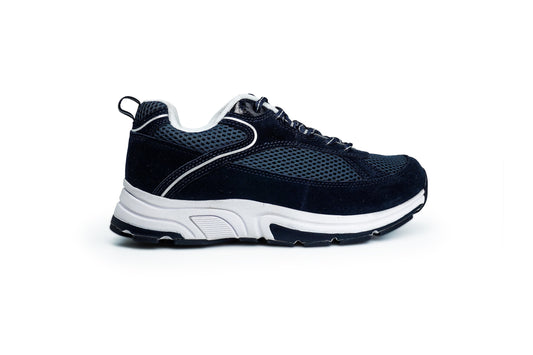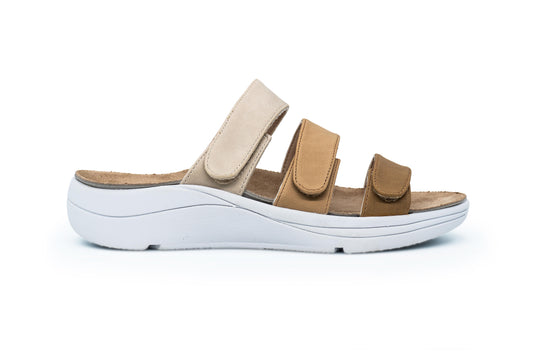10 Common Causes of Foot Pain (Part 1)
Injuries aren't the only problems that might impact your feet; that's just one example. A person's lifestyle, the shoes they wear, their weight, and even their genes can all play a role in the development of specific forms of foot discomfort. As a fact, around 4% of the population has fallen arches or flat feet.
Let's examine some typical reasons for foot pain that may help you diagnose your foot health issues.

When you have plantar fasciitis, discomfort affects the thick band that runs from your heel bone to your toes. Although it is commonly known as "policeman's toe," anyone is susceptible to getting it. A stabby sensation close to the heel area is a common complaint among those who suffer from inflamed tissue running across the bottom of their foot.
The most effective treatments include orthopedic footwear, physical therapy, and certain pharmaceuticals.
2. Tarsal Tunnel Syndrome

Inner foot discomfort that is searing, tingling, or shooting is a symptom of the illness. You might be familiar with the term "carpal tunnel" if you've ever experienced pain in your wrists or arms. A similar situation occurs in the tarsal tunnel, a bony and ligamentous channel in the ankle, where the tarsal nerve is squeezed by bone or tissue.
In certain cases, pain medication that is anti-inflammatory is prescribed. However, in severe instances, casts may be applied to limit motion.
3. Athlete’s foot

An athlete's foot can actually affect anyone. Your shoes are an ideal breeding ground for this infectious fungal infection. The majority of cases of this infection occur in public restrooms and showers. The skin in the area between the toes might become red, scaly, and itchy.
The bright side is that preventing an athlete's foot is not hard at all. Make sure to wash your feet completely with soap and water, paying specific attention to the spaces in between your toes.
Avoid sharing footwear, such as socks, with other people, and slip on some shoes with open toes or a moisture-wicking material to let your feet air out.
4. Bone Spurs

One of the most prevalent symptoms of osteoarthritis is the development of bone spurs, which are protrusions from the bone's surface. In addition to making it more difficult to control discomfort, the swelling and stiffness caused by bone spurs can impede joint mobility and, regrettably, put pressure on nerves. Calcium deposits, which are a common cause of other types of foot pain, are also a source of discomfort in this case.
Resting, physical therapy, or steroid injections might alleviate the discomfort caused. When your feet suffer, nonsteroidal anti-inflammatory drugs (NSAIDs) like ibuprofen can help alleviate the discomfort and swelling.
5. Heel Spur

You can usually see the growth of heel spurs and feel it when you touch them. Intense, stabbing pain makes it hard to move or apply pressure. An accumulation of calcium in the space between the arch and the heel causes the development of heel spurs. This issue typically manifests itself with age, although it can also be caused by sports, trauma, or shoes that don't fit properly
Pain relief with rest and icing is helpful, but in some cases, more extensive medical therapy is required.
Foot pain can be caused by a wide variety of factors, including inheritance, preferences in footwear, decisions regarding lifestyle, and body weight, to name a few . However, a few changes in your lifestyle, such as wearing Orthopedic Footwear, undergoing physical therapy, and taking prescription medications, can make a huge difference.
If you found the first part of this blog post informative, check out Part 2, where we'll discuss and unpack some more foot pain and its remedies.
Browse our Prescribed Orthotics to learn more.








